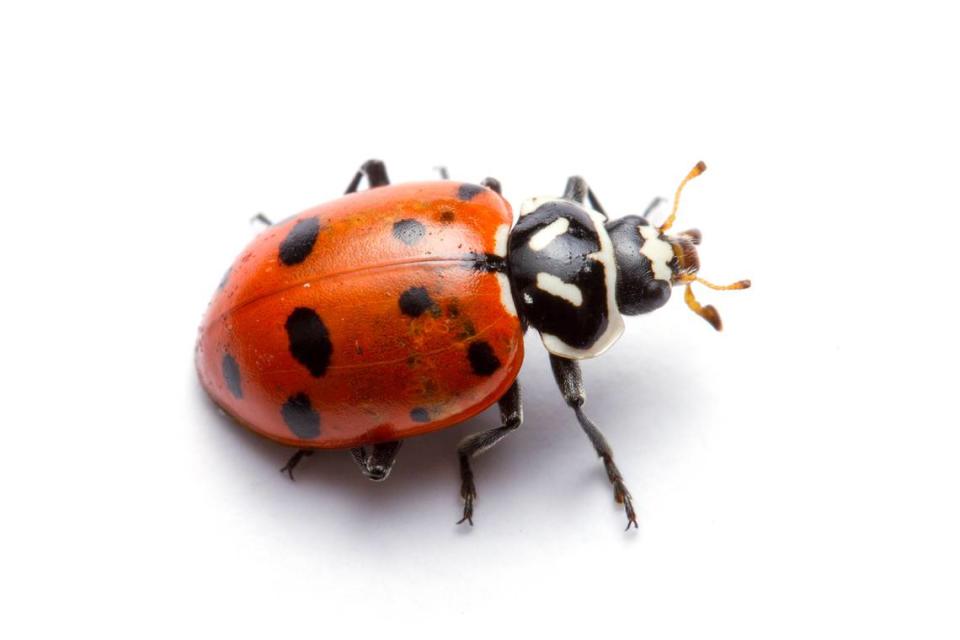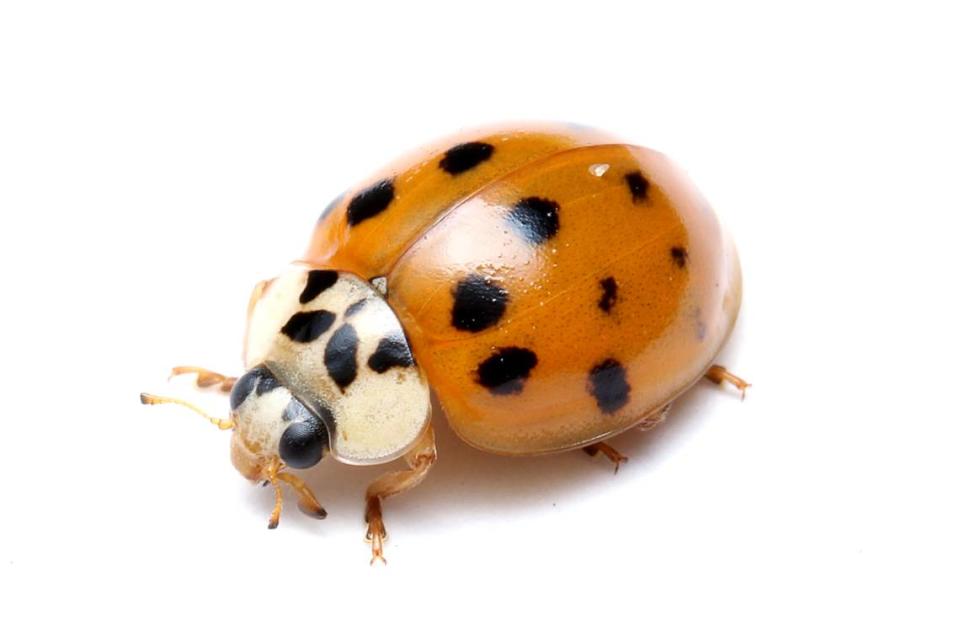Why are ladybugs swarming my house this fall? NC State expert explains
Ladybugs are another insect that might swarm your house this fall, covering your window screens and siding with their spotted red bodies.
Fall ladybug swarms are most common in the western parts of North Carolina, though they can impact homes in the Triangle too, said NC State bug expert Matt Bertone.
The News & Observer spoke with Bertone, director of NC State’s Plant & Disease Insect Clinic, to learn more about these bugs and what we can do about them at our own homes this fall.
Why are ladybugs outside my home this fall?
Like stink bugs and kudzu bugs — the other bugs we’ve been seeing outside (and sometimes inside) of our houses this fall — ladybugs seek shelter to hibernate for the winter.
In nature, they would hibernate in leaf litter and under bark, Bertone said.
But in more developed areas, such as the Triangle and the Charlotte area, ladybugs seek out human structures, including homes.

Are ladybugs likely to swarm houses in Raleigh, Durham?
Ladybugs can swarm houses in the Triangle, though it’s difficult to predict exactly where in the state this will be the biggest issue, Bertone said.
“It seems like these fall swarms are most common in the western part of North Carolina,” he said.
Local conditions and populations dictate how many ladybugs will overwinter in homes, and this varies across sites.
There are a few species of ladybugs that most commonly enter homes in numbers:
Convergent ladybugs (Hippodamia convergens)
Seven-spotted ladybugs (Coccinella septempunctata)
Harlequin or multicolored ladybug (Harmonia axyridis)
The last two are non-native species, Bertone said.
How can I get ladybugs out of my home?
When they’re on the outside of homes, you can hose them off with a garden hose to discourage them from sticking around. But the bugs are mobile, so dispersing them might just make them come back.
The most long-term solution is to focus on sealing up cracks and holes around your home — such as in the netting of your window screens — so ladybugs and other fall critters can’t get inside.
If they do get in your home:
Avoid crushing them: They can reflex bleed and cause staining.
Vacuum them up: If they’re still alive, you can place the contents of the vacuum bag into a freezer bag, then freeze the bugs to kill them before discarding.
Drop live bugs into soapy water: This is another method of killing live bugs inside the home. Bertone recommends using a shop vacuum and putting soapy water inside to do this in a more two-in-one fashion.

Are ladybugs dangerous?
Not particularly, though they’re not entirely harmless either.
They are known to bite in some instances, and they can be a nuisance in large numbers, Bertone said.
They are also known to reflex bleed, a defense mechanism that distressed ladybugs employ to protect themselves.
The ladybugs will release a dark fluid called hemolymph, which is the insect equivalent of blood, according to the University of Florida.
This can cause numbness to the mouth, as well as stain some fabrics and surfaces. It can sometimes also cause irritations or allergies in humans.
Triangle Asked & Answered: What do you want to know?
Have a question about something in our community? The News & Observer’s Service Journalism team wants your questions for our Triangle Asked & Answered series. Reach out to us by filling out this form or by sending an email to ask@newsobserver.com.
Why are brown-colored ‘ladybugs’ all over my house this fall? NC State expert explains
Are stink bugs crawling around inside your NC home? Tips on how to deal with them

